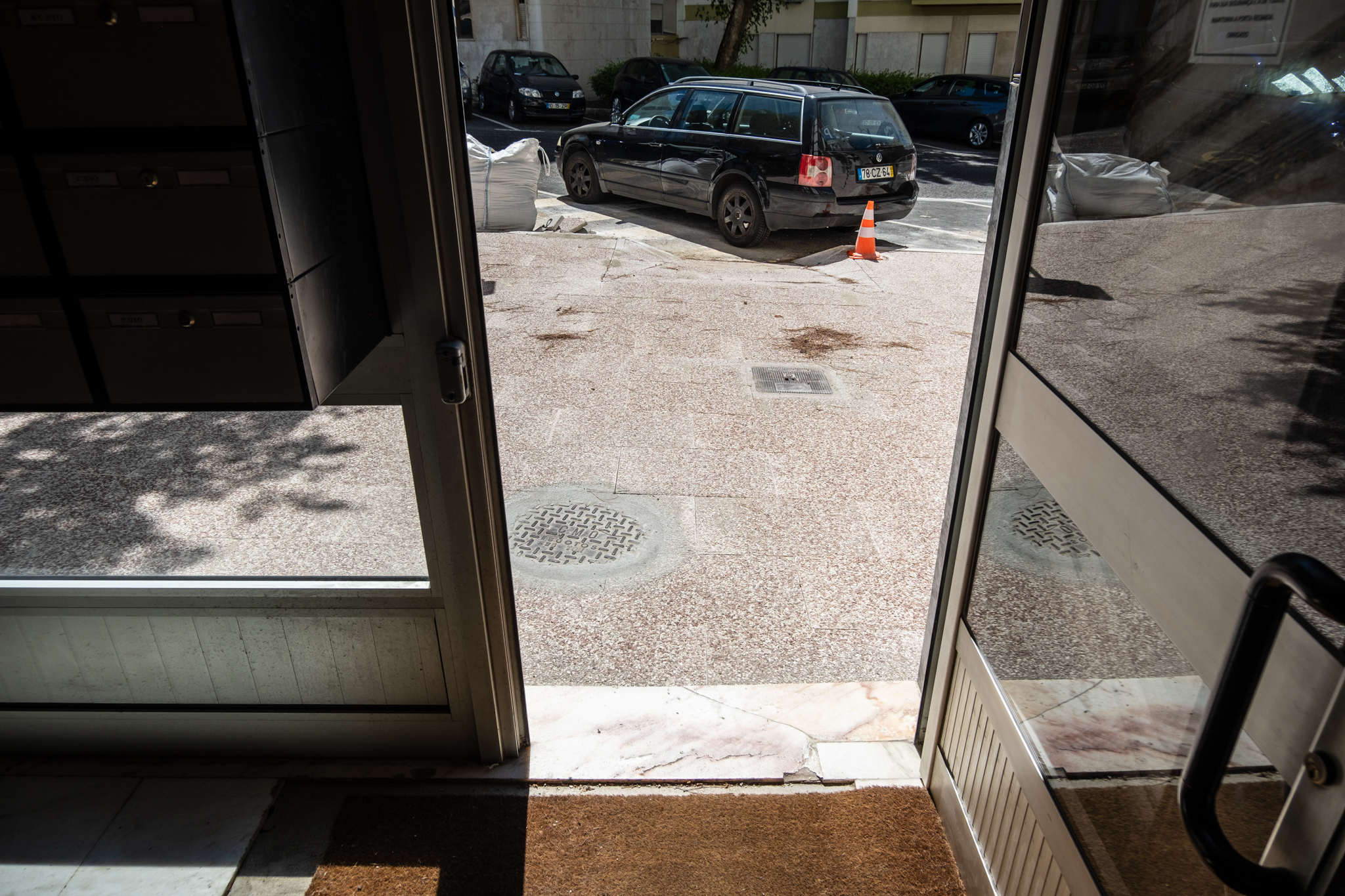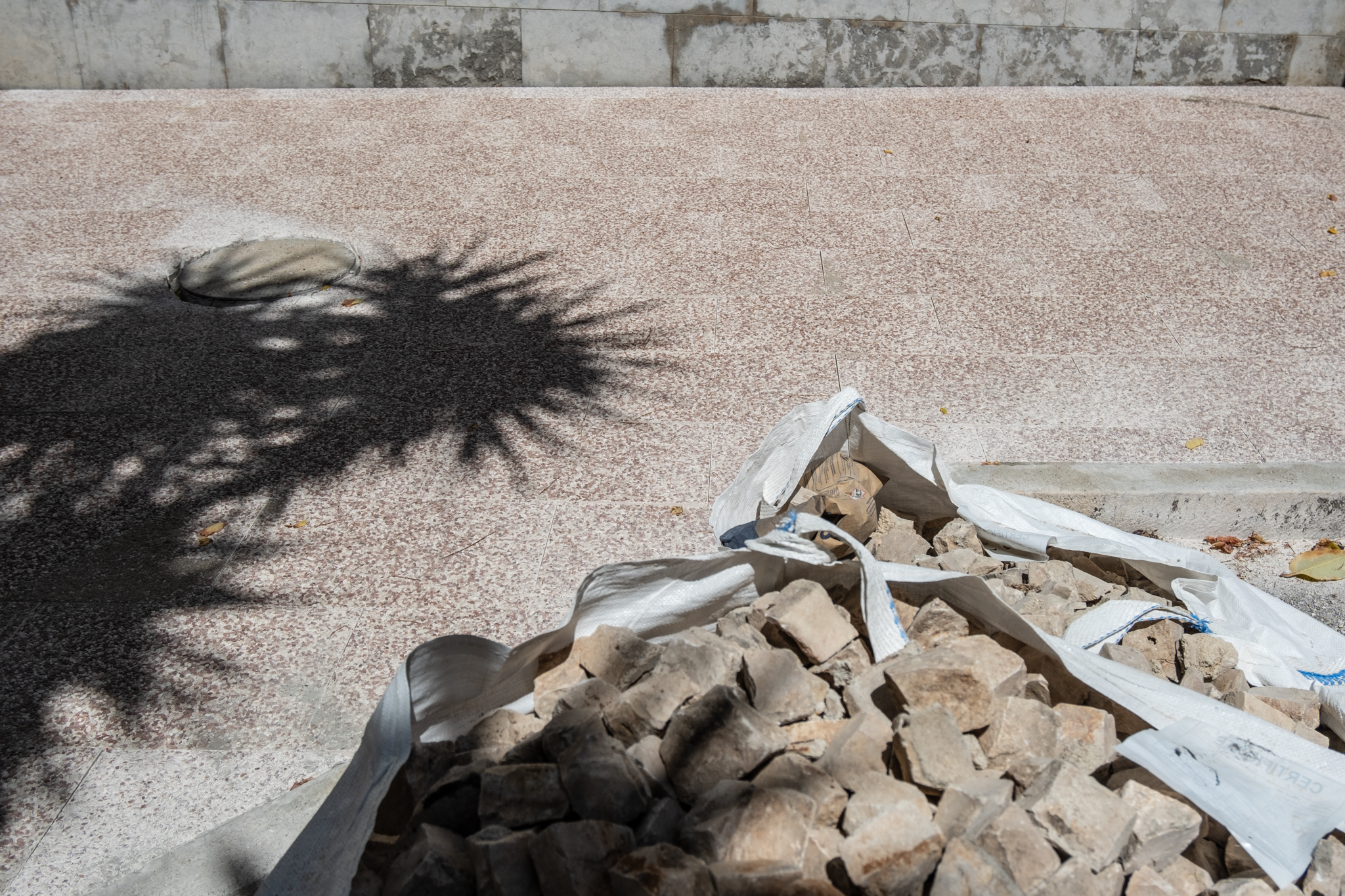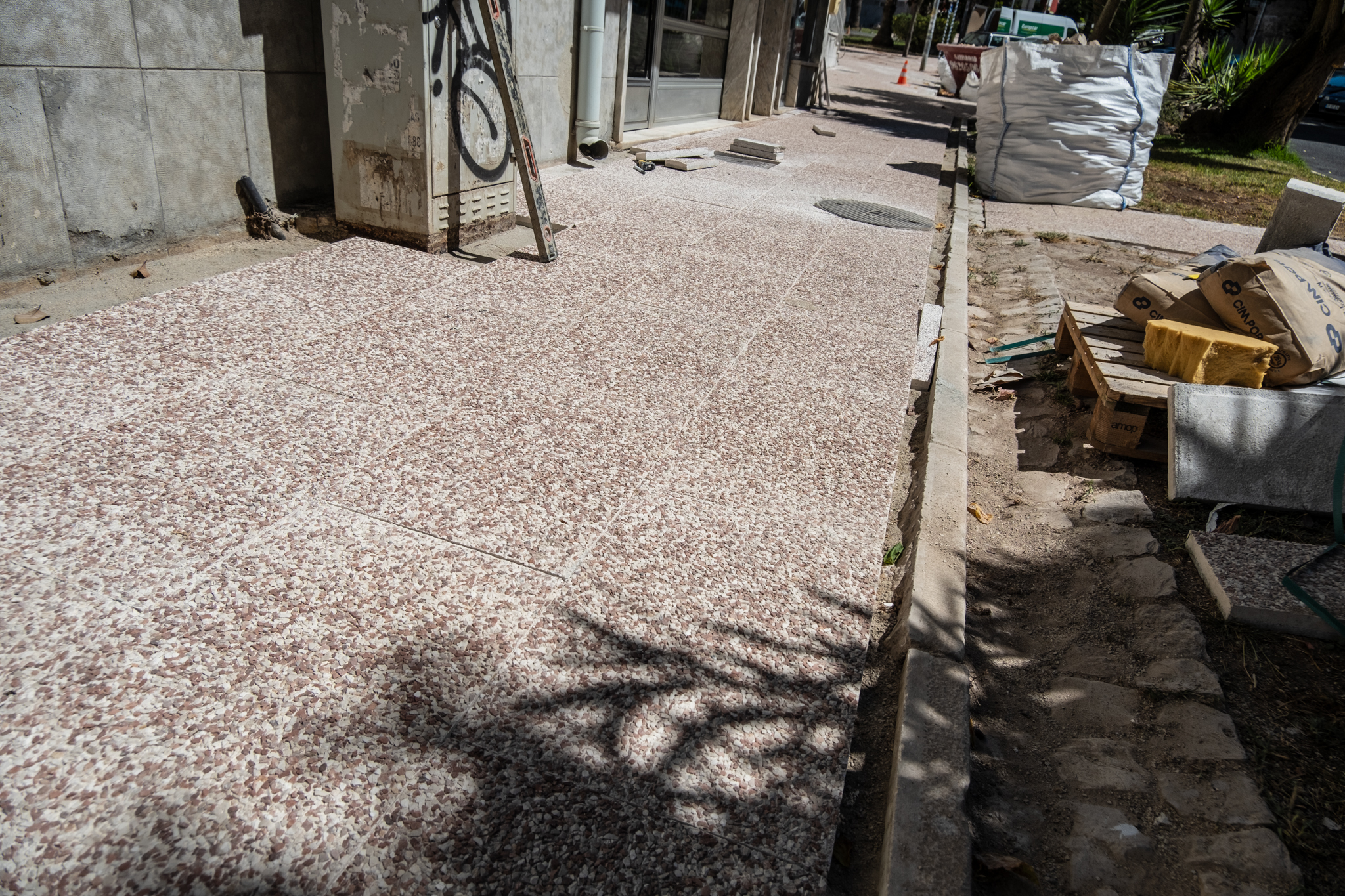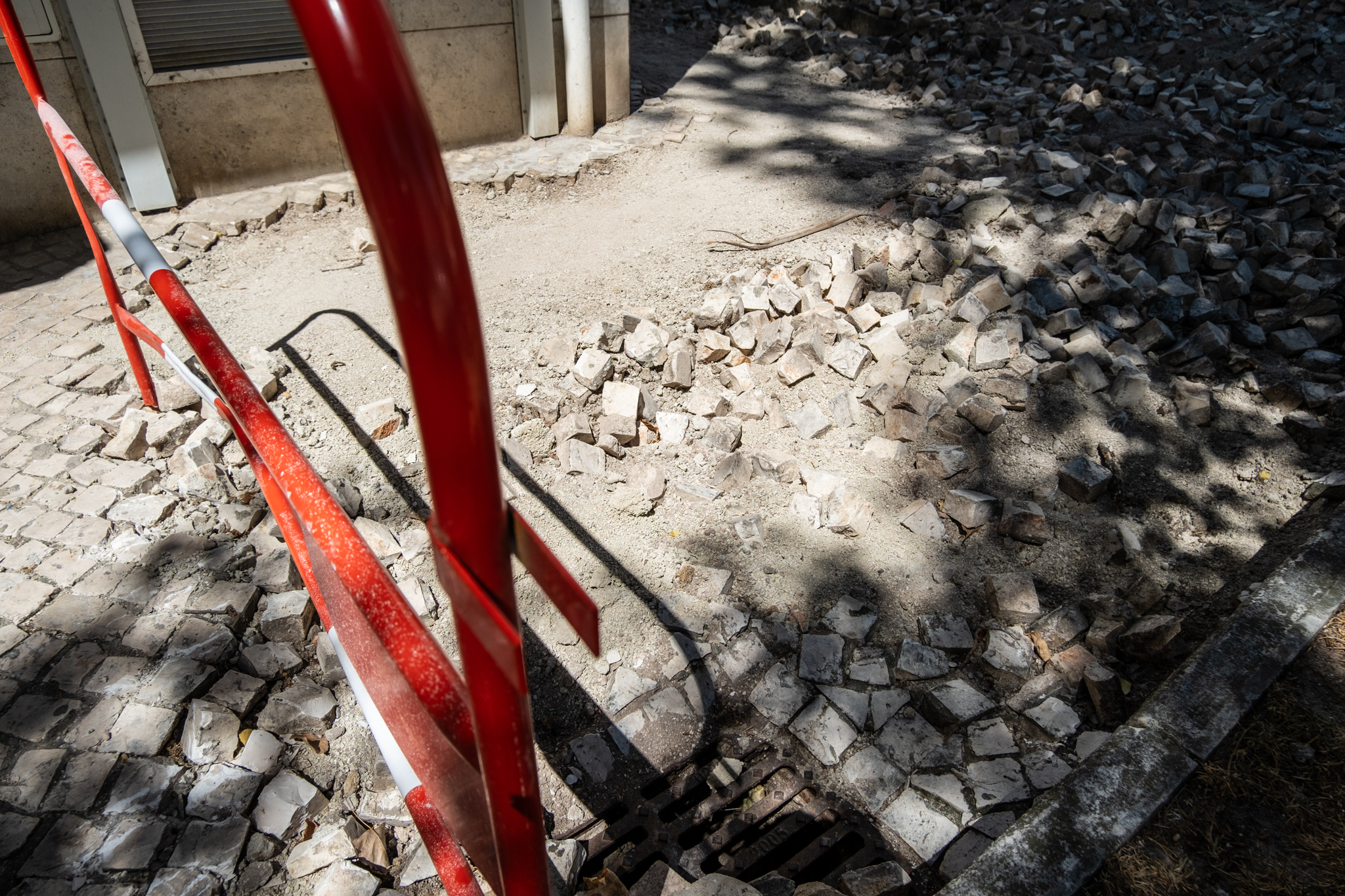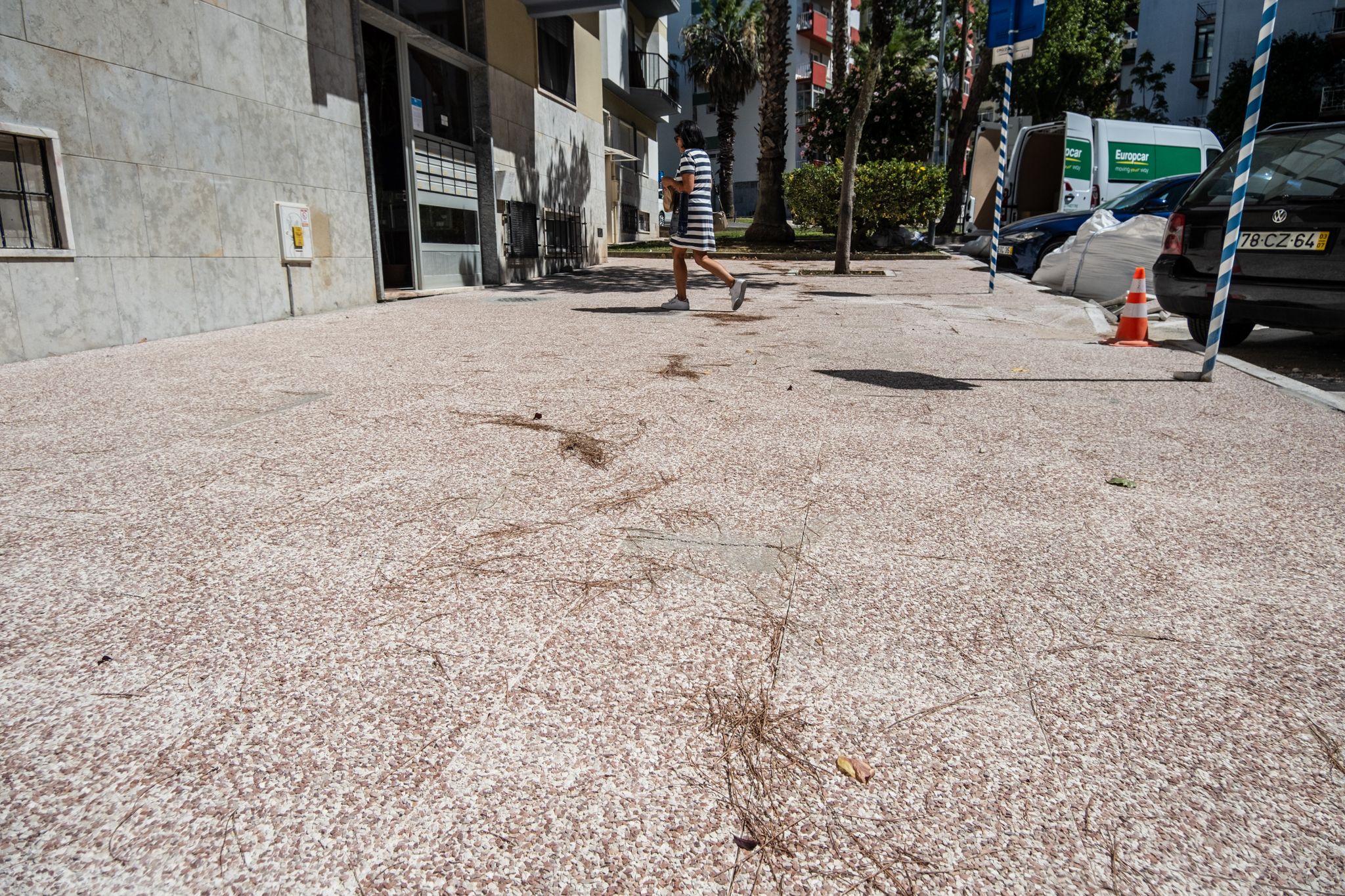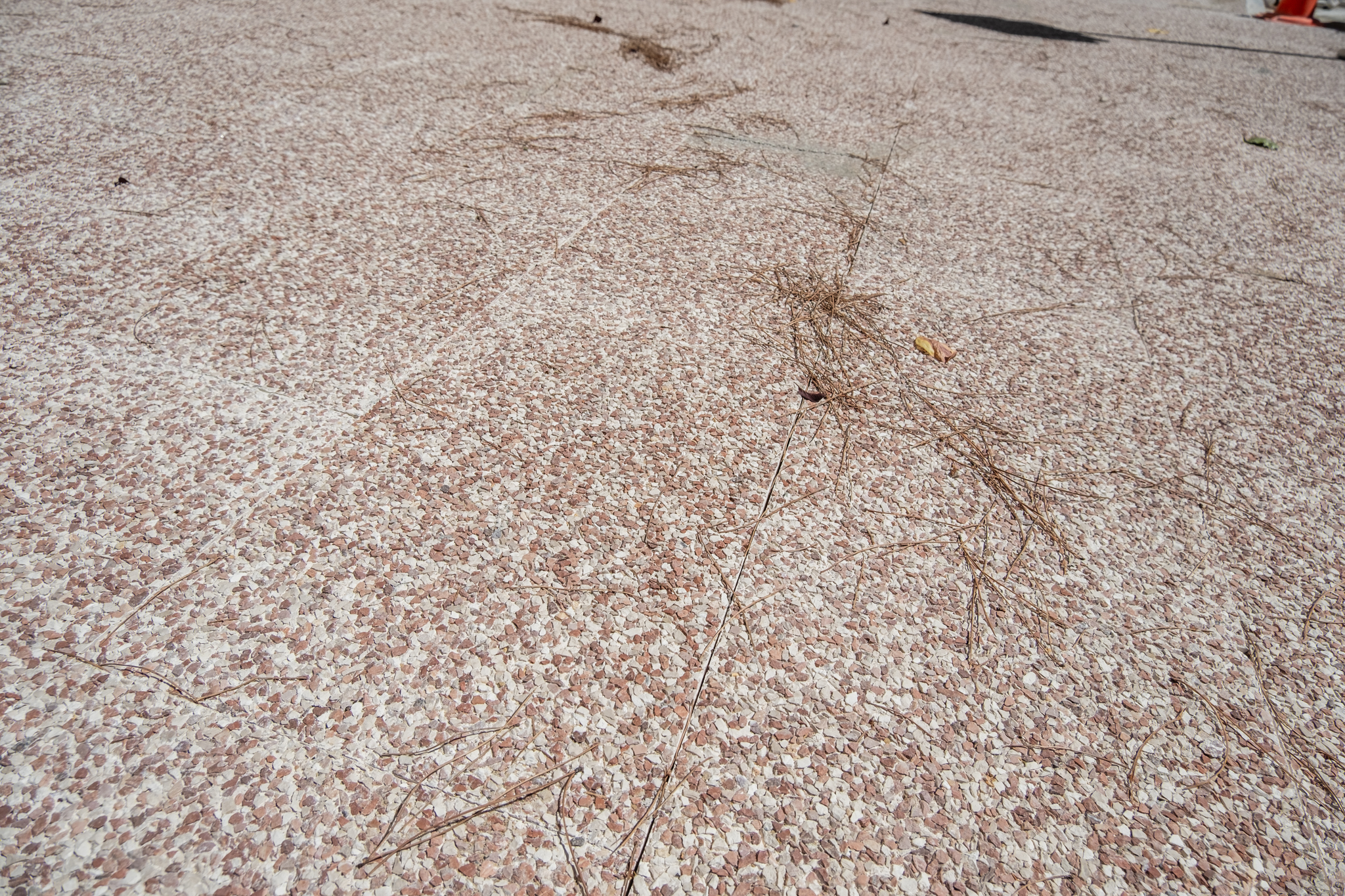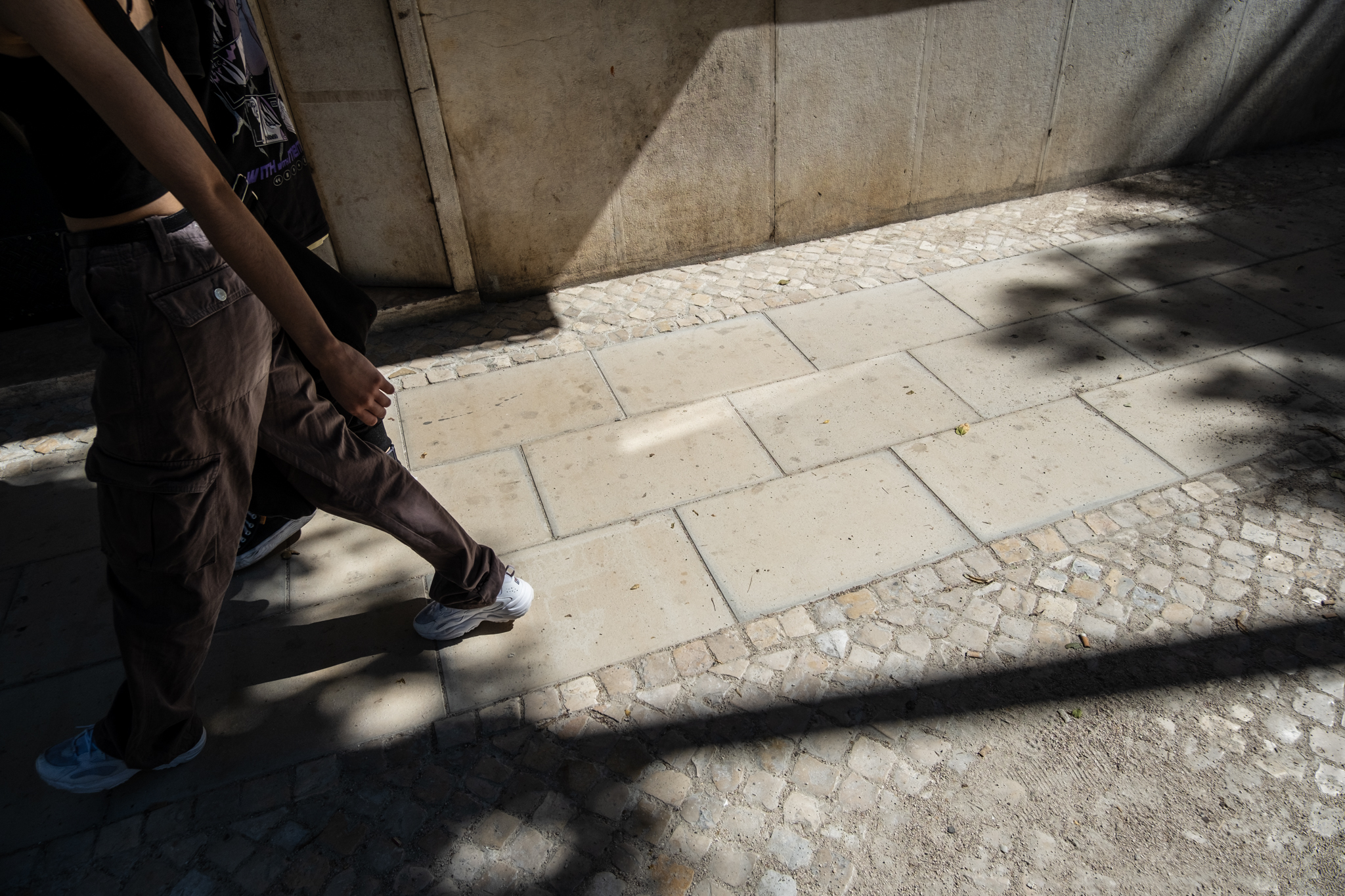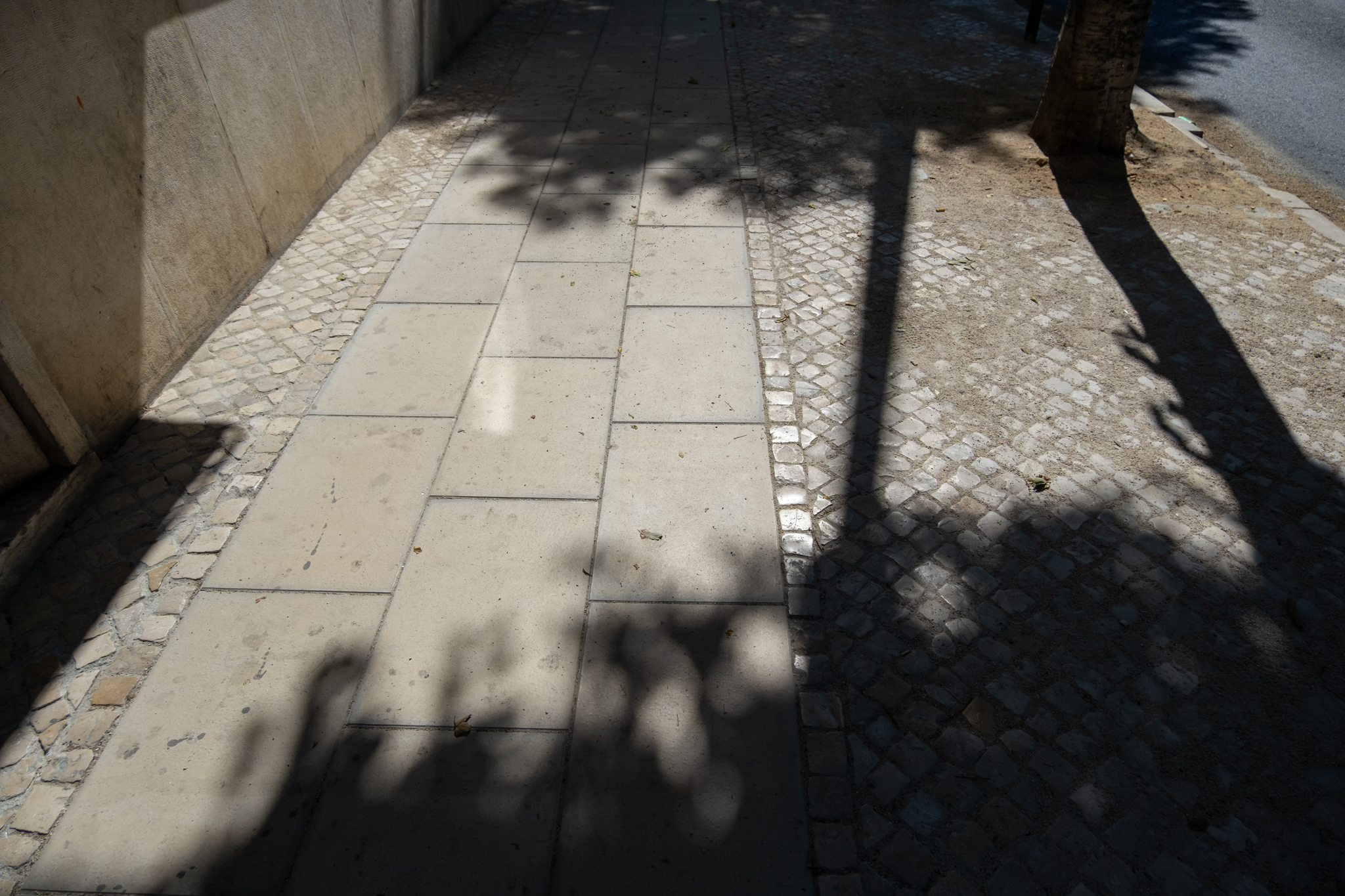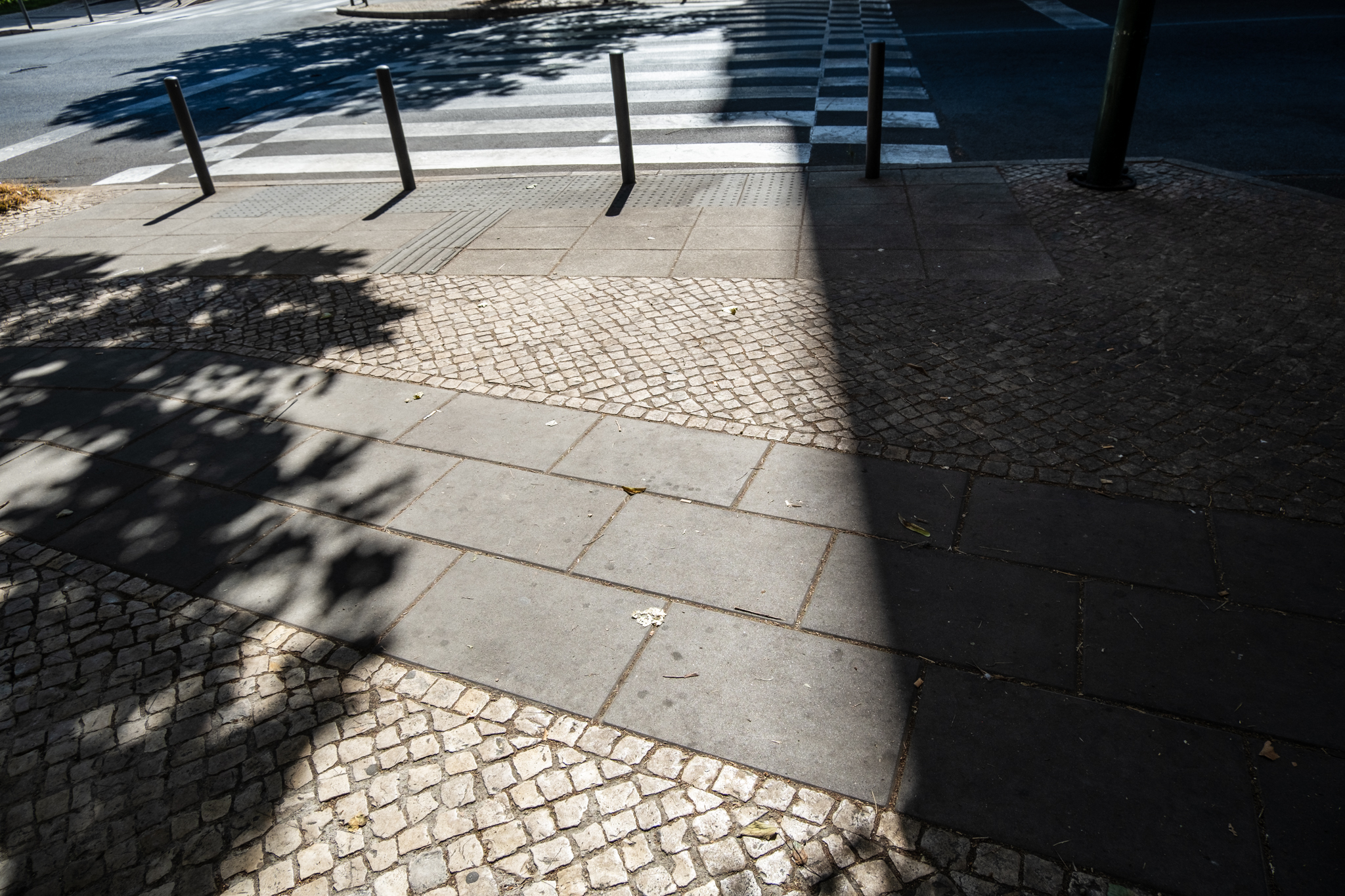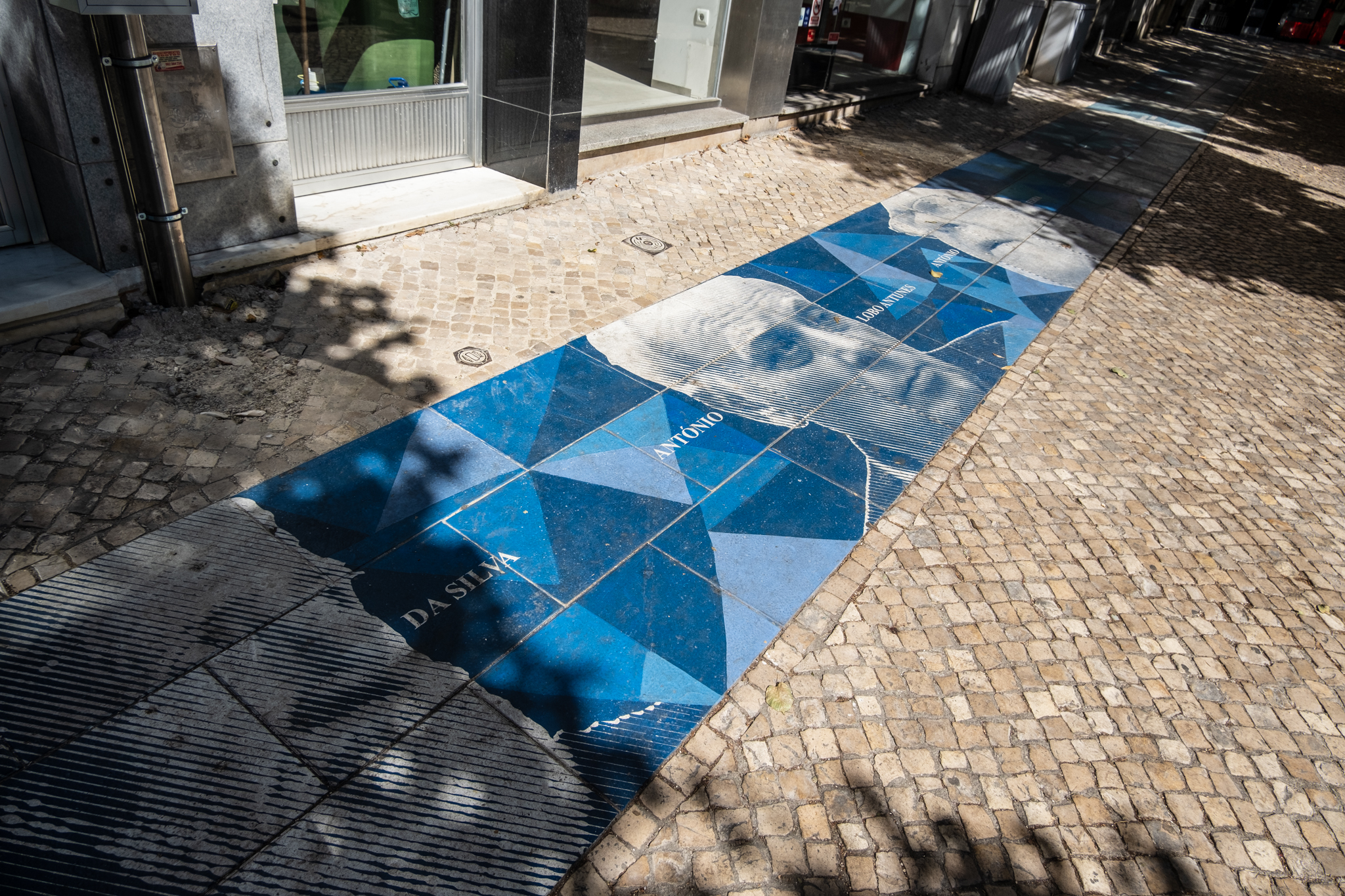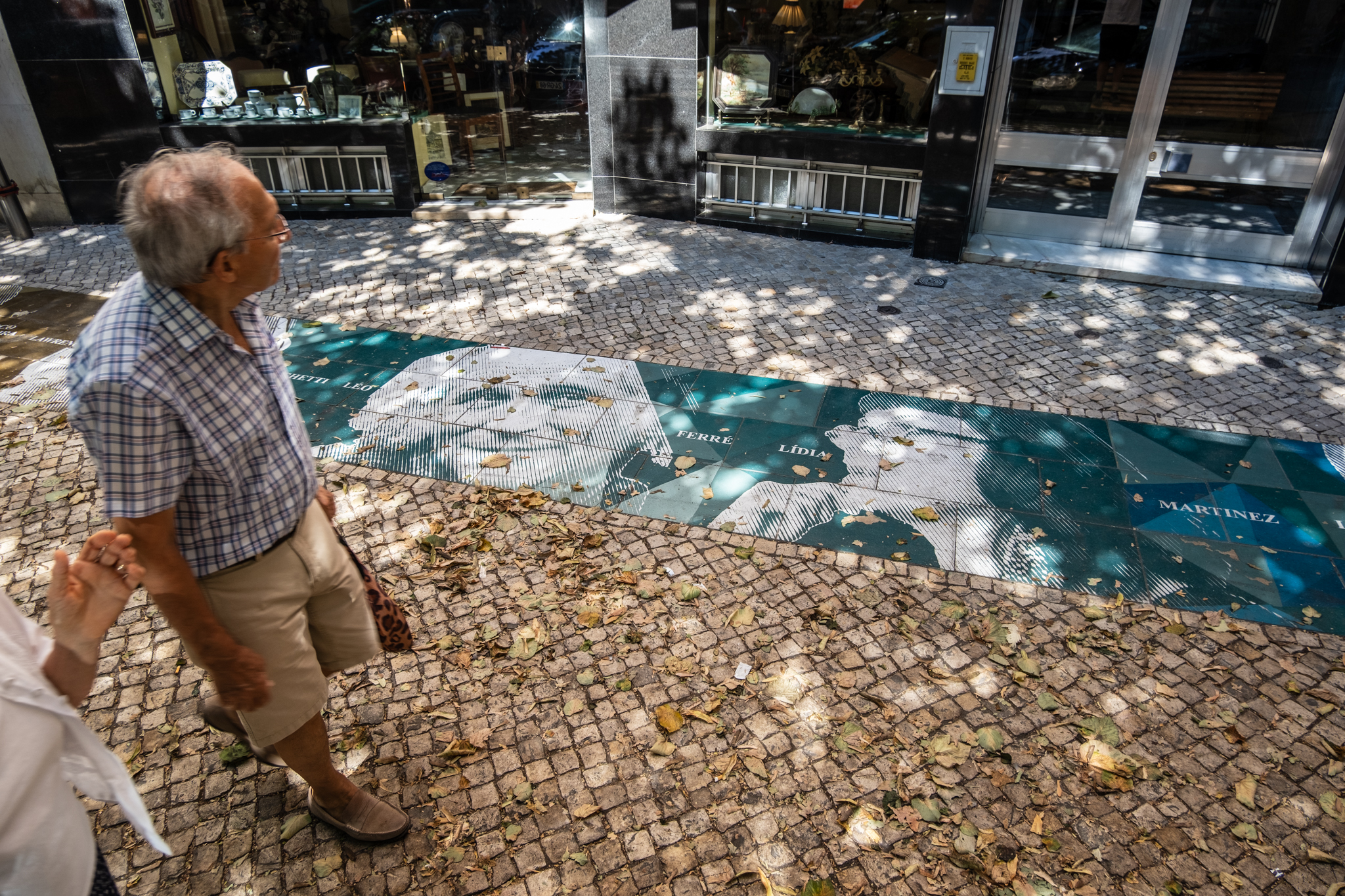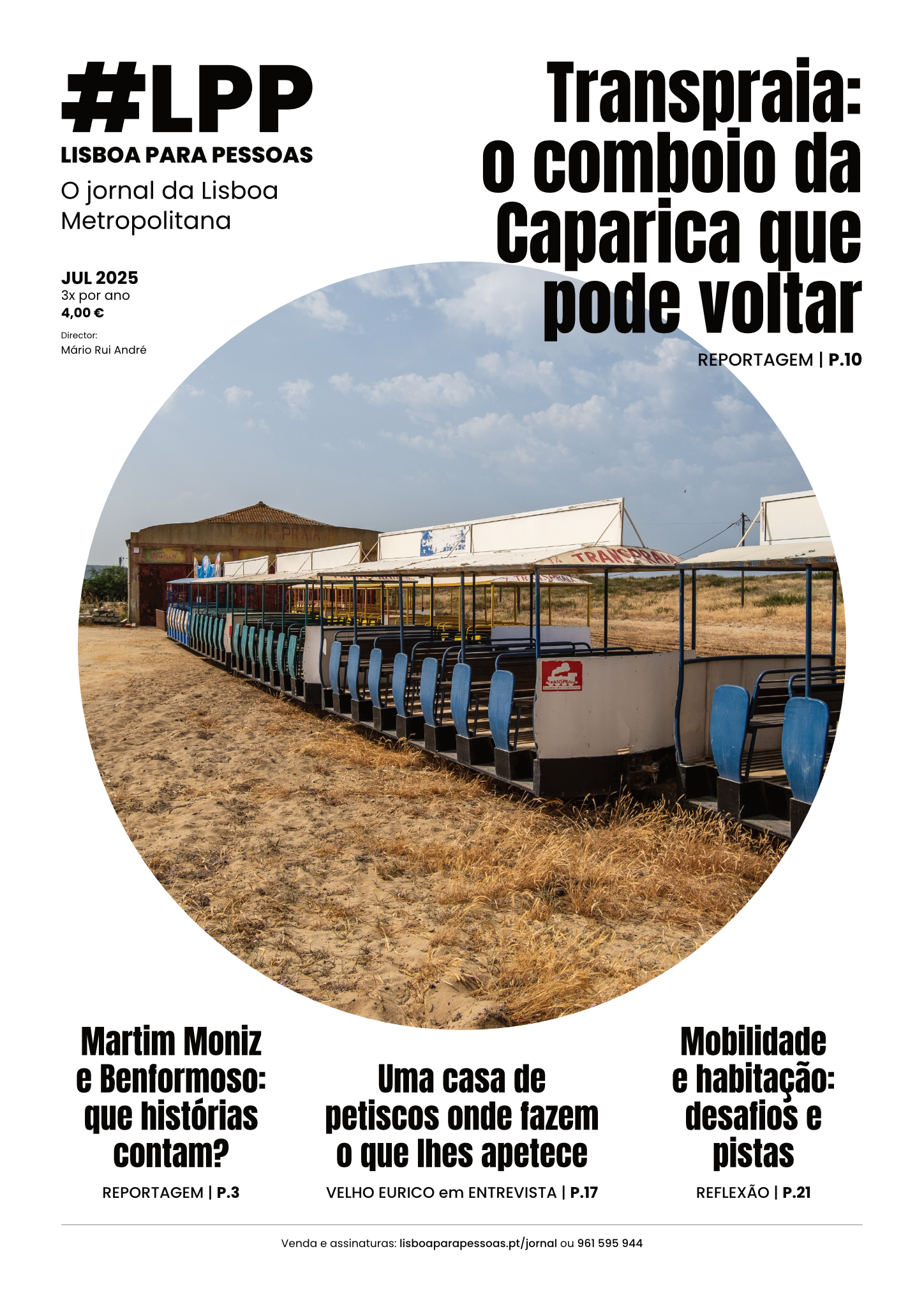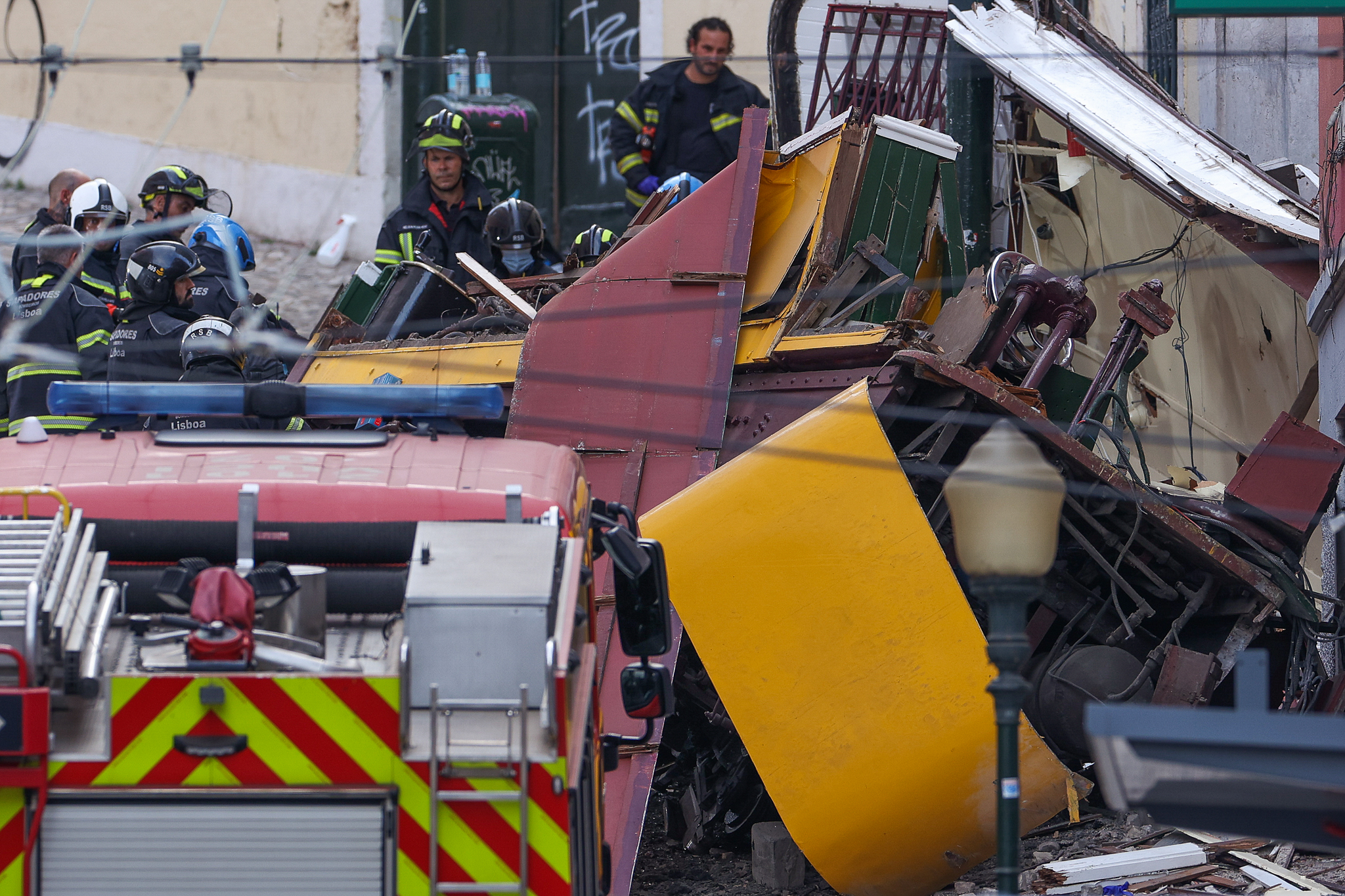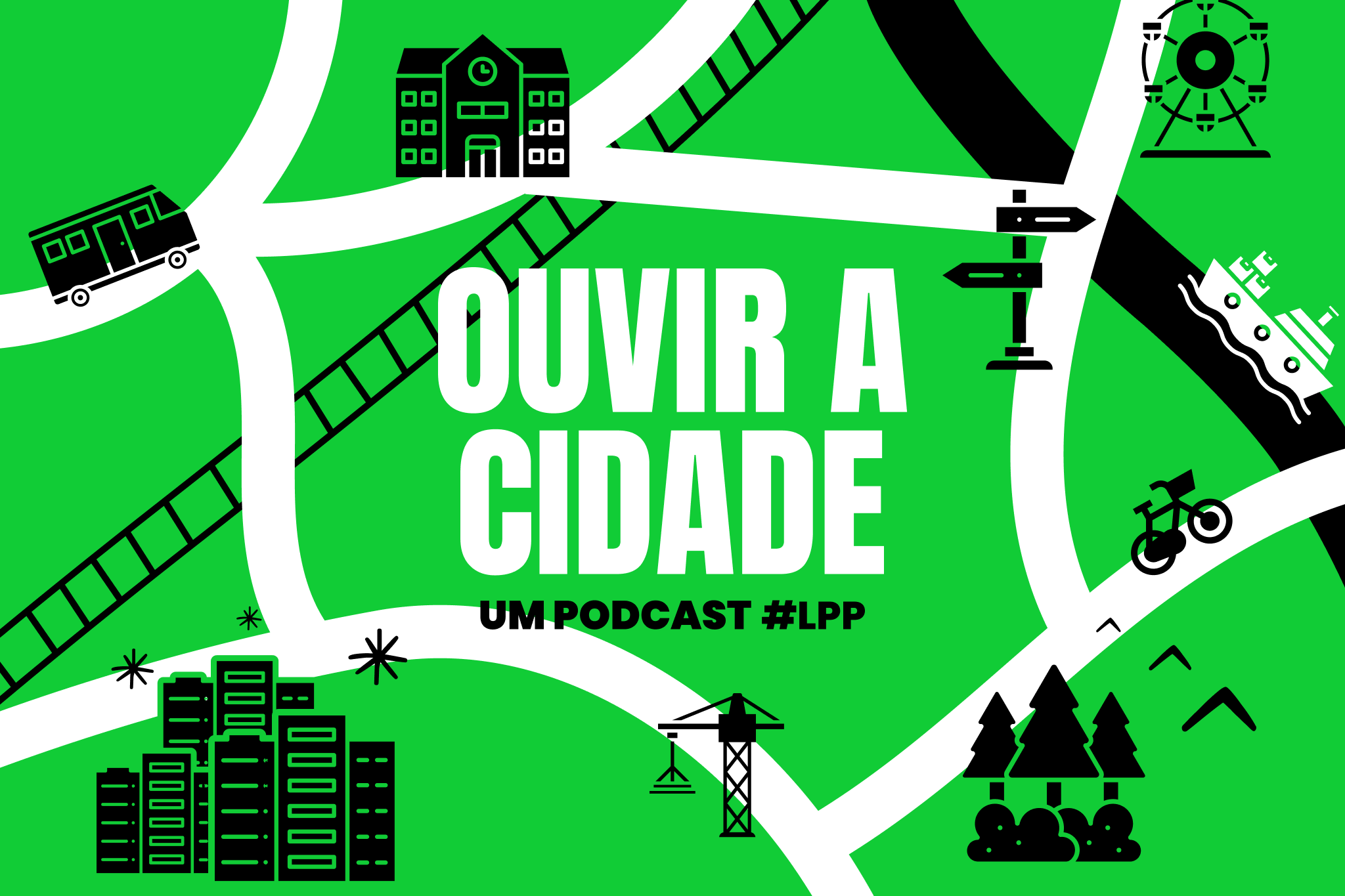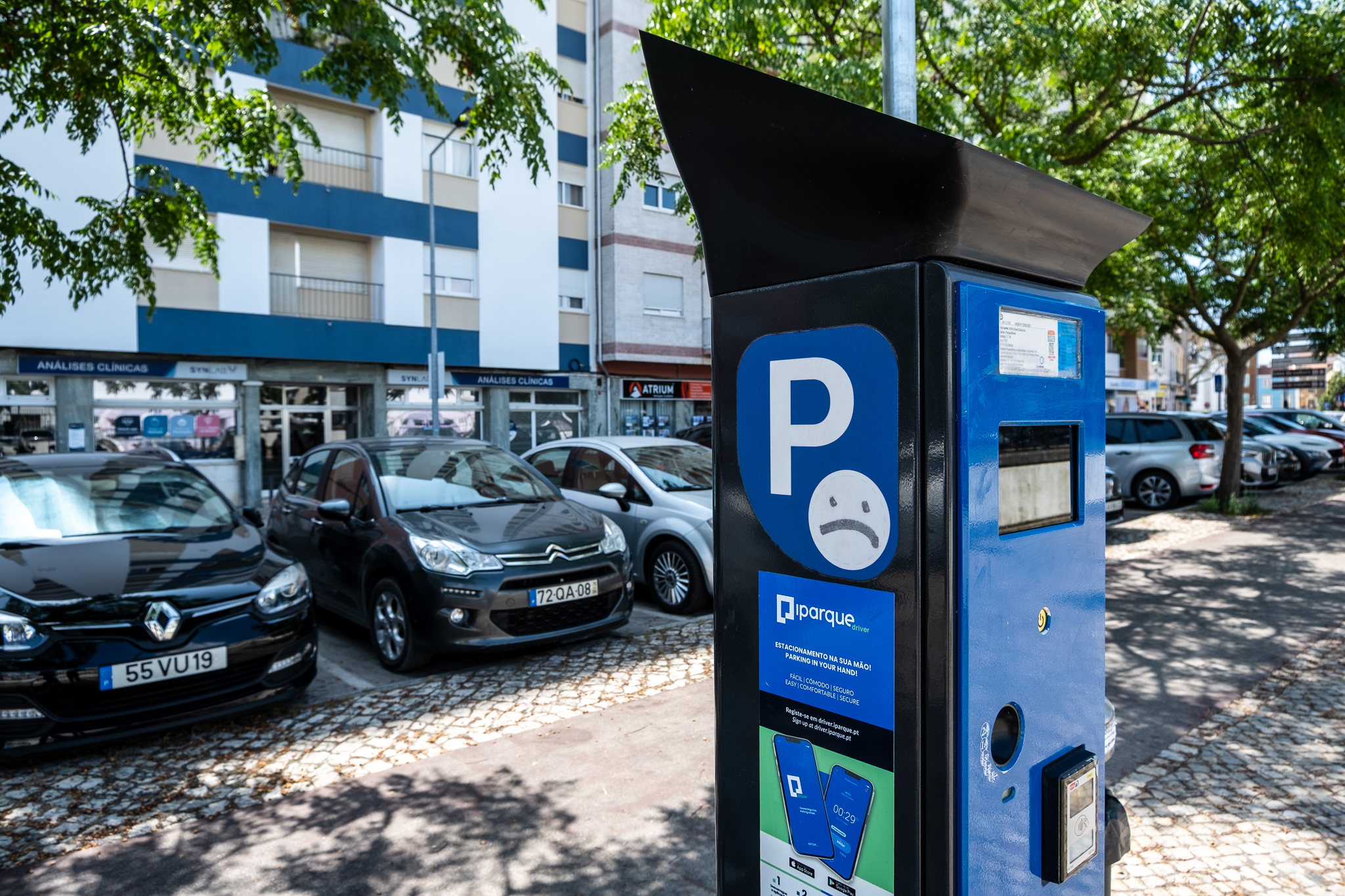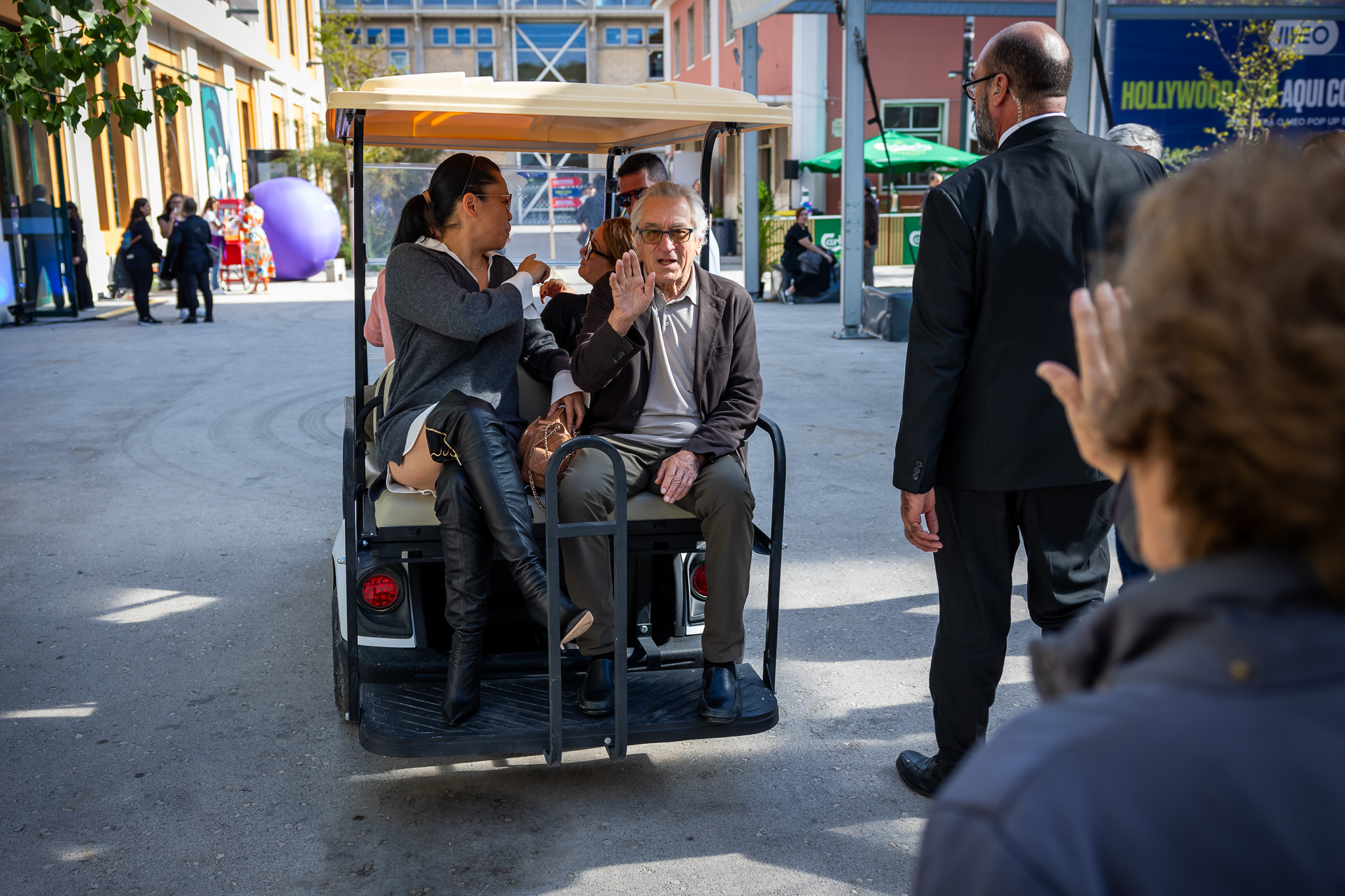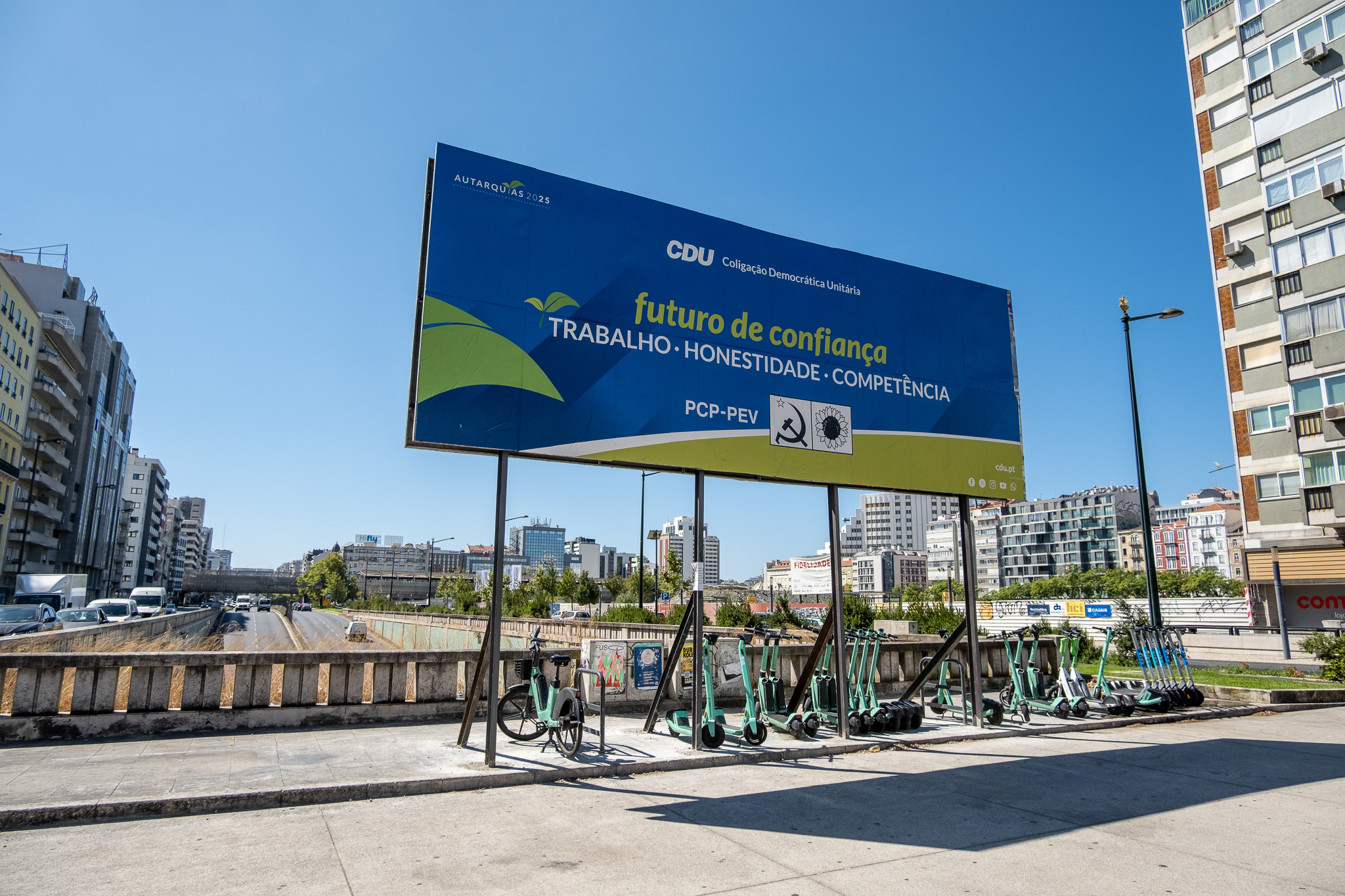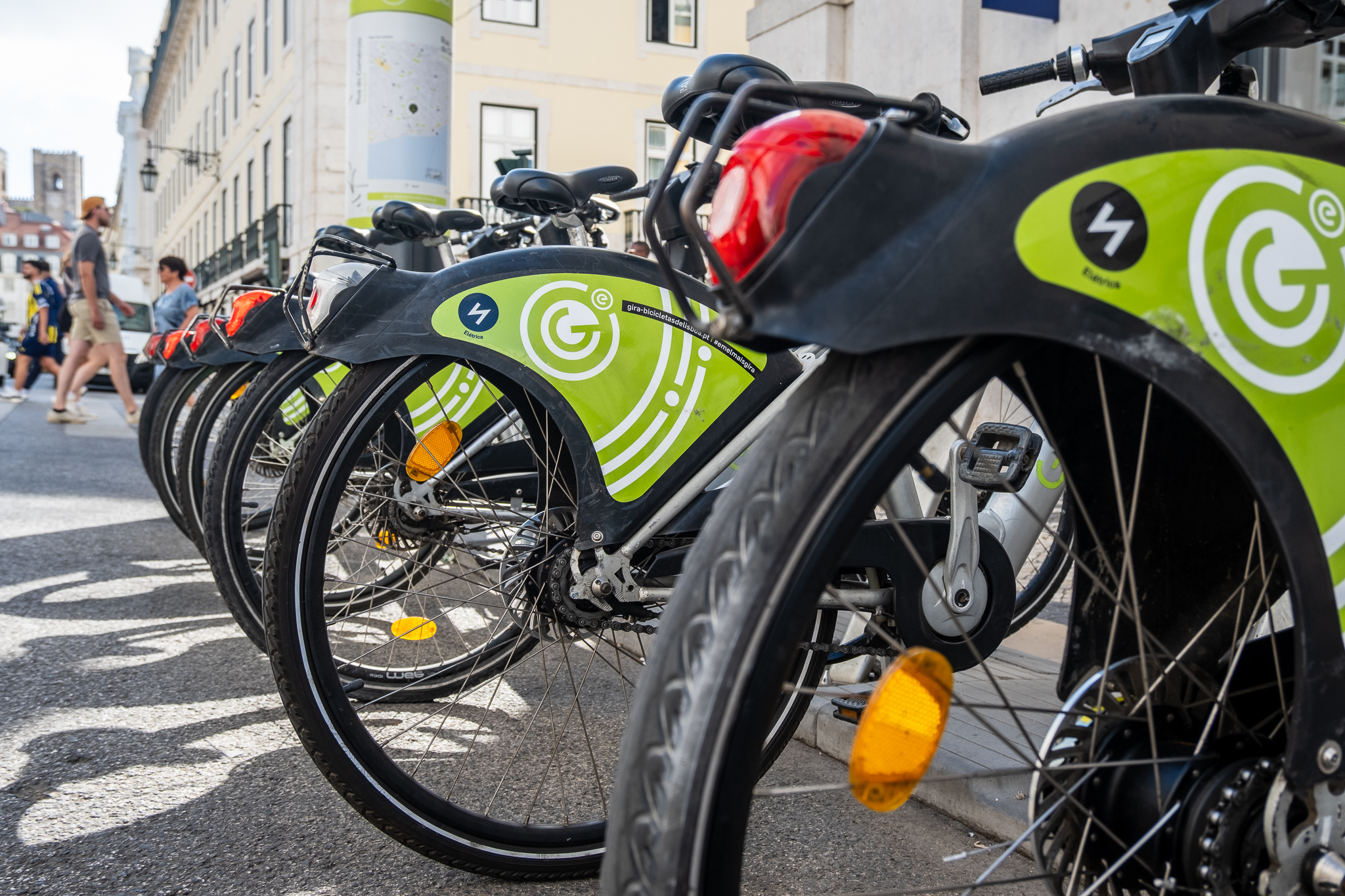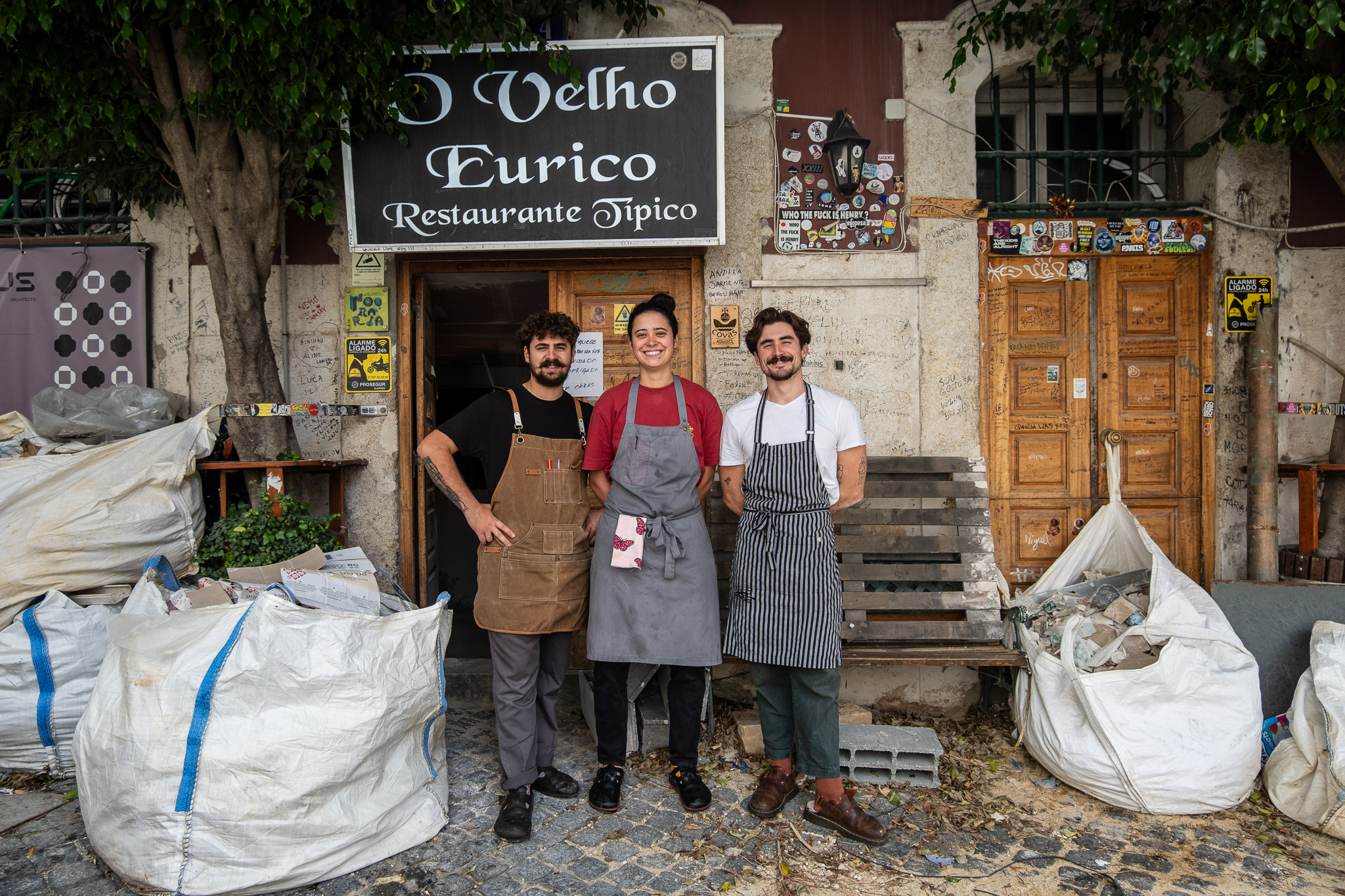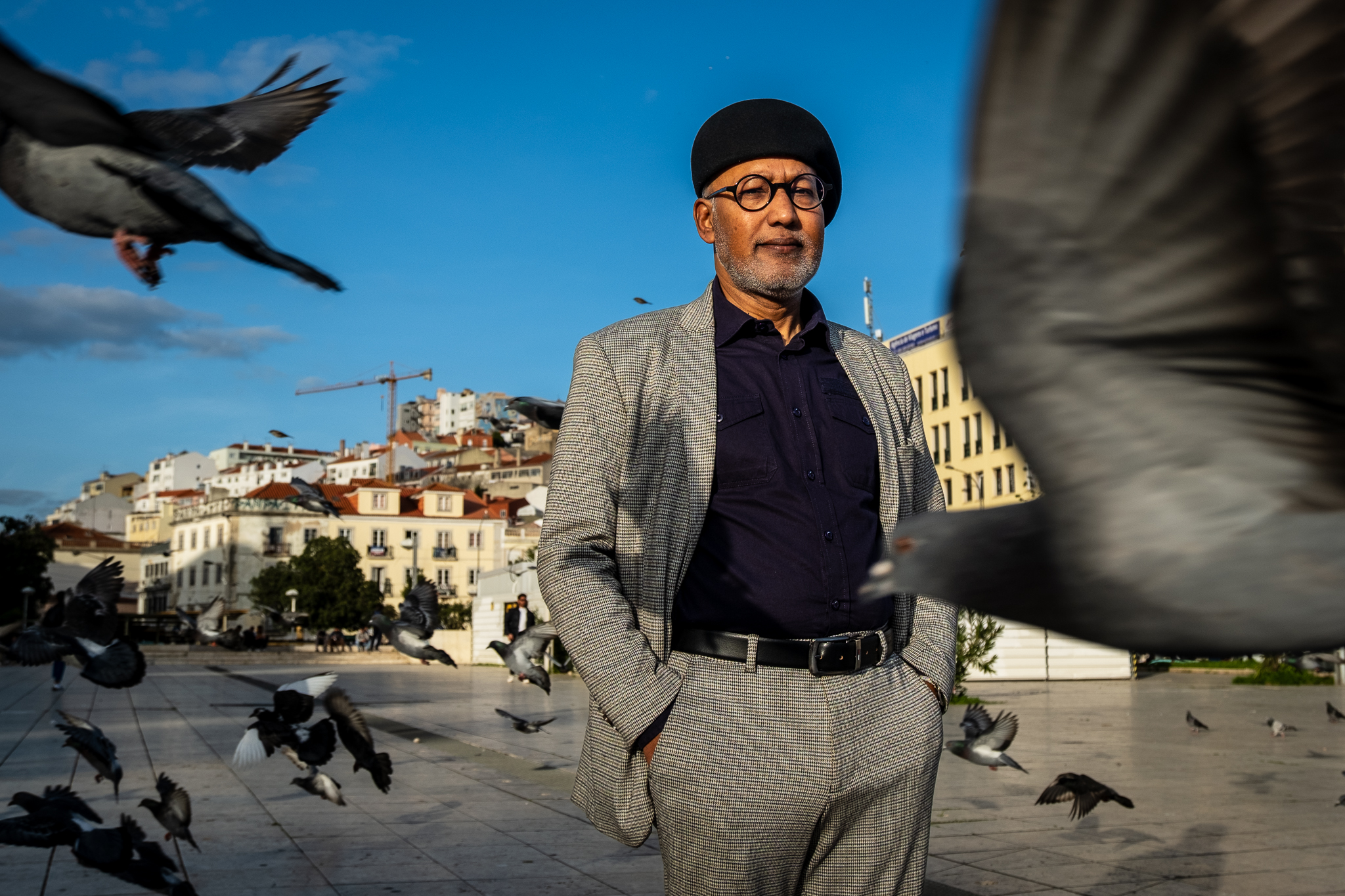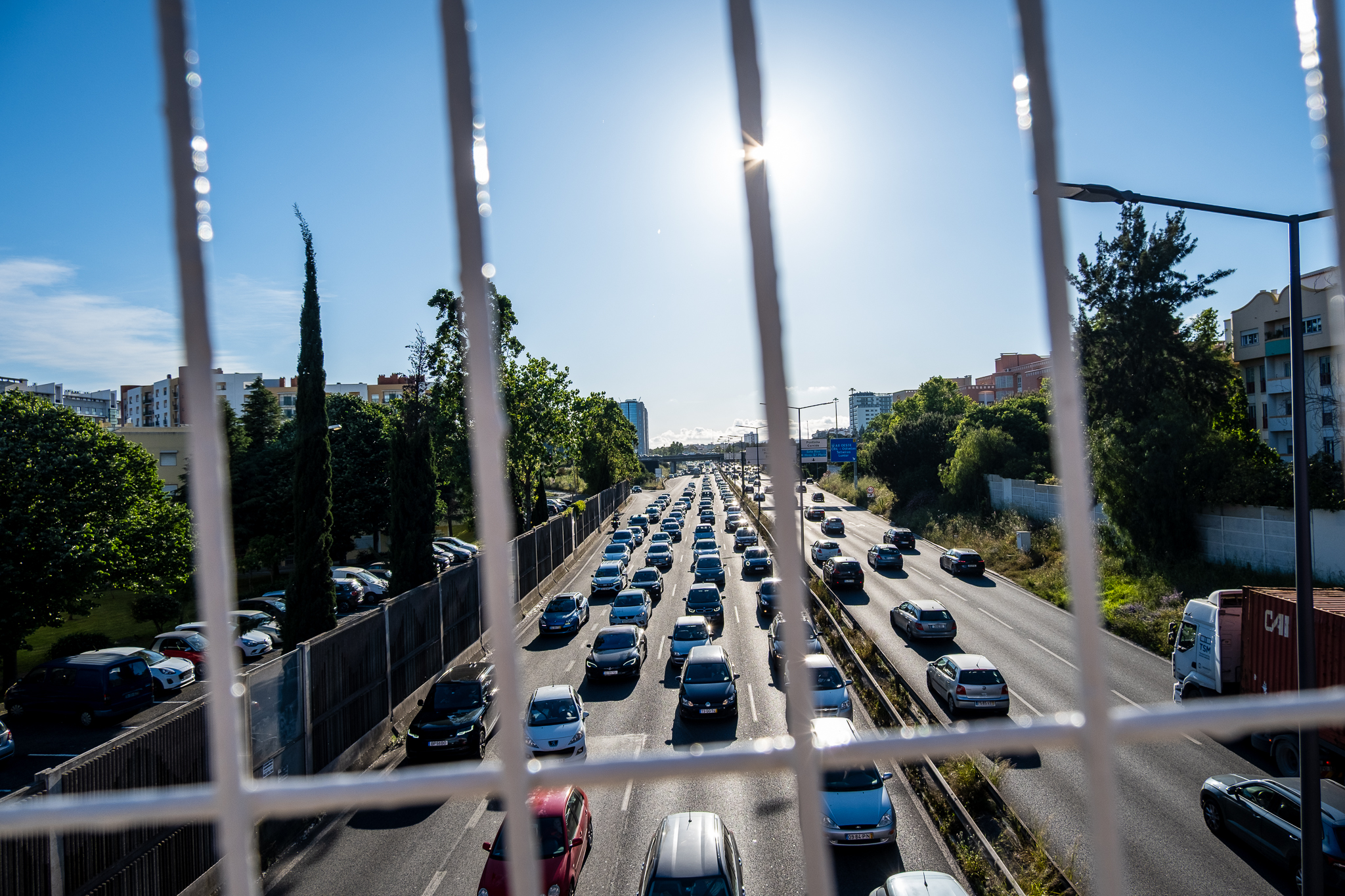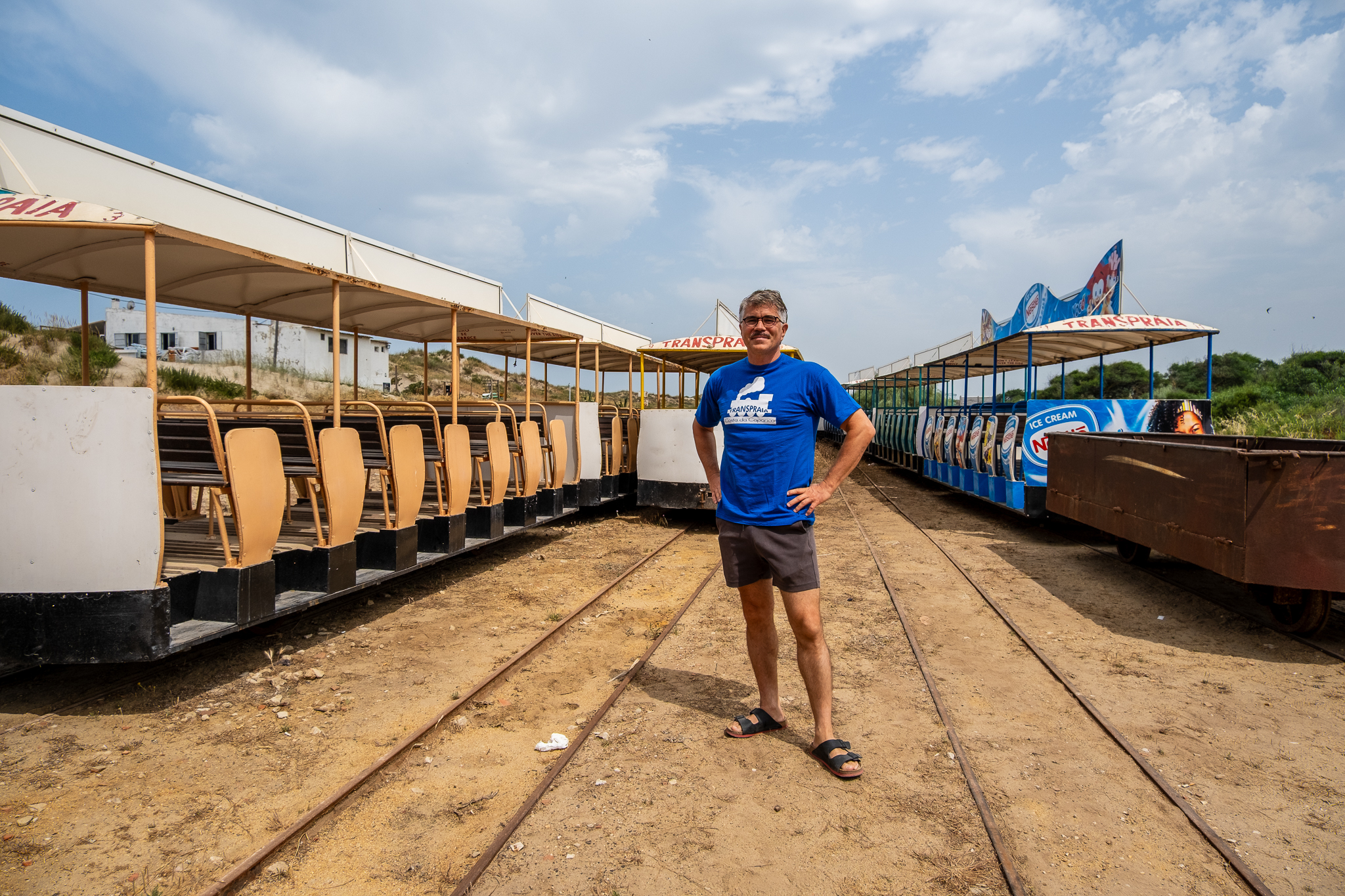In several places, the usual cobblestones are being replaced with smooth, non-slip paving, with the aim of improving safety and comfort for those on foot. The work is taking place in areas that are steeper or have a lot of traffic.

All over the Lisbon metropolitan area there are sidewalks to be replaced with smoother, more comfortable sidewalks. In Rua Almeida Garrett, in Carnaxide, Oeiras, are being placed non-slip slabs to replace the usual white limestone stones. The work had already been done in a square there and will be carried out in other similar streets. The aim is to make walking more comfortable and safer, especially for people with limited mobility, such as the elderly.
"We're replacing the [glass sidewalk] all over the municipality with these non-slip slabs"said Isaltino Morais, Mayor of Oeiras, in a video recently published on social media. The Almeida Garrett, Antero de Quental and Eça de Queirós streets "there are streets here in Carnaxide where there have been a lot of complaints about the paving, especially in the sloping areas, where older people really tend to fall because they trip or slip. It's no coincidence that this sidewalk, although made of limestone, is called glass. Glass because with use it becomes very slippery".
According to the President of the Carnaxide and Queijas Parish Council, Inigo Pereira, "the population of this area has been asking for [this intervention] for some years now". "Last year we moved over there to Praceta Barbosa do Bocage"he explained in the same video, adding that priority is being given to the steeper areas and that "these interventions are very important for the safety of our population". Isaltino said "this is precisely taking care of urban comfort"but that "It has to be a very rigorous and well-done job, because if the signs aren't placed properly, all it takes is a little bit of lifting and we have the same problem: [the person] hits the corner, trips and falls".
A special ride in Benfica
It's not just in Carnaxide that work is being done on smooth, comfortable sidewalks. In Benfica, Lisbon, the parish council recently upgraded some of the most pedestrianized streets in the parishThe new building was built with concrete slabs to make it more comfortable for residents and visitors.
On Estrada de Benfica, between Fonte Nova and the commercial heart of the parish, passing by places such as the Pedro de Santarém school or the Baldaya Palace, there is now a strip of comfortable, continuous, non-slip sidewalk. Previously, this comfortable flooring had already been laid in the Avenida do Uruguai. According to the Junta, this will be followed by work on Avenida Gomes Pereira, up to the train station, and the completion of Estrada de Benfica up to Portas de Benfica.
On Avenida do Uruguai, the comfortable stroll is also a tribute to those who have contributed most to the cultural richness of the neighborhood. The so-called Ulmeiro Promenade was created to mark the reopening of the Ulmeiro Bookshop and features various cultural figures. From the philosopher and poet Agostinho da Silva, to the writer António Lobo Antunes, passing by the unmissable Zeca Afonso or the composer and guitarist Carlos Paredes, without forgetting the writer Natália Correia. The work stretches between the bookshop's old address (Avenida do Uruguai, 13A) and the new one (now at number 19B).
This cultural tour has a context. Defying its peripheral location in the capital, the parish of Benfica has sought to gain centrality, not only in relation to Lisbon, but also to Amadora. In fact, Benfica doesn't want to be a mere dormitory and the parish council has made culture one of its strategic vectors. The Carlos Paredes Auditorium, the Baldaya Palace, the recently-opened Turim Theatre and the future Benfica Municipal Library, with António Lobo Antunes' collection, are just some of the cultural spaces that confirm this investment. And recently, with the support of the Junta, the neighborhood gained a new member of the family - or a return to the family - the historic Ulmeiro bookshop, which returned to Benfica after moving to the Braço de Prata Factory in Marvila a few years ago.
The sidewalk will continue to take place in Portuguese towns and cities, but in historic areas and other places where it makes sense to show the real Portuguese sidewalk - that is, the sidewalk with different tones and ornaments. And that sidewalk must be protected. Simple paving, with white limestone stones, can be replaced by smoother, more comfortable paving in residential and commercial areas and areas with high pedestrian traffic, promoting greater safety and accessibility, especially for the elderly and people with reduced mobility.
